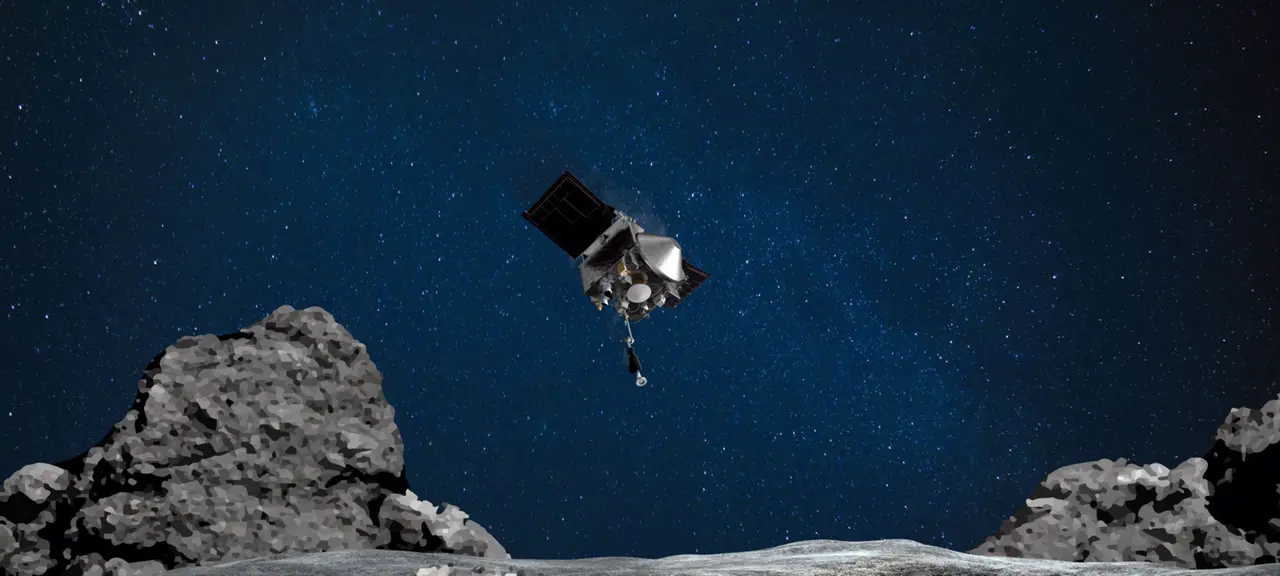It was a brief, intense puff. Then, dust and rocks that had remained untouched for billions of years were sent into the air. The collection of the rock sample from the asteroid Bennu, far out in space, lasted just five seconds. Following that, the OSIRIS-REx spacecraft spent more than two years returning to Earth.
Seven years in space
The journey, orbiting and studying the target asteroid, collecting samples, and the return journey - NASA's OSIRIS-REx spacecraft will have spent over seven years in space by Sunday. And there could be a few more years of space travel to come. But for now, it is returning to Earth and is scheduled to release its cosmic cargo into a heat-resistant capsule over the American continent at 4:42 PM on Sunday. The capsule, somewhat resembling an oversized salad bowl, will land in the Utah salt desert at 4:55 PM and will be immediately recovered by specialized teams. Inside the capsule lies approximately 250 grams of precious material: the soil sample from the asteroid Bennu.
Rock from the past
Bennu is ancient, dating back to the early days of our solar system over four billion years ago. It consists of material that has changed very little since then. The asteroid is a sort of rock time capsule from the past and is incredibly valuable for researchers seeking to learn more about the formation of our solar system. To collect a piece of this treasure, the spacecraft touched the asteroid with its extended robotic arm in October 2020. Nitrogen gas blown through a tube stirred up material from depths of up to 50 centimeters. A vacuum cleaner wouldn't have worked in the vacuum of space, but the 'dust blower' performed its job perfectly. More material than anticipated was trapped in the collection filter.
Largest collected asteroid sample to date
For NASA, this is its first mission of this kind. The Japanese space agency JAXA was a pioneer in asteroid sampling. In 2010, one of their spacecraft achieved the feat of collecting at least a few hundred tiny particles from an asteroid and returning them to Earth. Another Japanese spacecraft returned with 5.4 grams of asteroid material in December 2020. OSIRIS-REx now brings the largest asteroid sample collected to Earth, with 250 grams.
Release and transition to a new mission
The sample capsule will be detached from the spacecraft via radio command more than 100,000 kilometers from Earth, roughly four hours before landing. As the capsule approaches Earth's atmosphere, the spacecraft's engines will ignite, and it will shift to a new trajectory that will lead it to other asteroids. The sample capsule is expected to enter the atmosphere at 4:42 PM local time. Its landing is anticipated at 4:55 PM in a 58 by 16-kilometer target area in the salt desert near Salt Lake City. After retrieval, it will be transported to a specialized laboratory by helicopter, set up specifically for this purpose at the military base where the landing site is located. There, the capsule will be opened, and the sample prepared for further transport to its ultimate destination, the Johnson Space Center in Houston.


